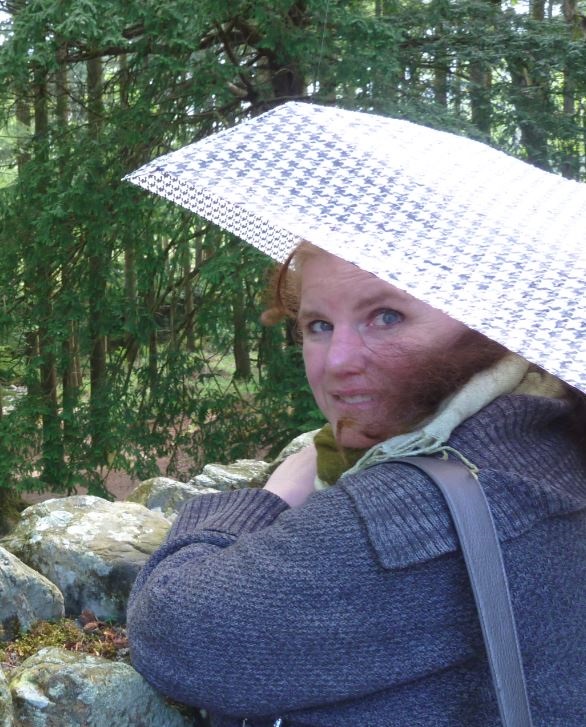Here’s what it looks like. Science-y stuff happens, a lot of stuff, a lot of detail, a lot of things evolving into other things, a lot of plot twists, a lot of introspection, and involvement of a literary theme that results in a resonating sort of poetry. In this story, some of the sentences, transitions, and logic seemed to have needed a critique group’s once-over. However, it seems that a book with the right stuff – and not necessarily perfect sentences – is a selling book.
As in After London, there are also detailed blocks of description. I will have to see how other authors handle this in future books. Me, I always try to get it down to impressionistic swashes, so as not to slow the story down. (I may have another lesson here: we’ll see.) And, of course, London is destroyed, this time by a sentient “superbright” computer machine named Moon Wolf.
It is completely appropriate that this 1992 tale takes its physics from Frankenstein, since it seems to have appropriated the limbs of quite a few other stories: the sentience of dogs and simulated landscapes of The Dream Master, the alien machine that changes the galaxy in The Centauri Device (1975), the narrator’s role in the story in Engine Summer (1979), the entry by a Muslim space man into a massive alien artifact in The Unreasoning Mask (1981), Muslim cyberpunk in When Gravity Fails (1988), the tarot card voodoo and military chevals of Bone Dance (1992) and of course, a huge collection of vital organs from the cyberspace of Neuromancer 1984. And that’s just from the stories I’ve read so far.
Of course, that’s not to say that this book wasn’t an influence itself, possibly on Greg Egan’s Permutation City and the autumnal-poetic tone of a lesbian protagonist in Nicola Griffith’s Slow River. But the myriad of “influences” may be the reason why this easily read, imaginative, angst-poetic and darkly subversive story was often nominated, but not an award winner.
Lessons. A selling book must have the elements of the science fiction story: stuff, new stuff in every chapter, evolution of science, plot twists, poetic resonance from thematic values, and introspection. Still, just knitting together the concepts of other stories will not make an original story. Also, there may also be a hint of a future lesson here on descriptions, which I will be looking for in my upcoming books.

 RSS Feed
RSS Feed